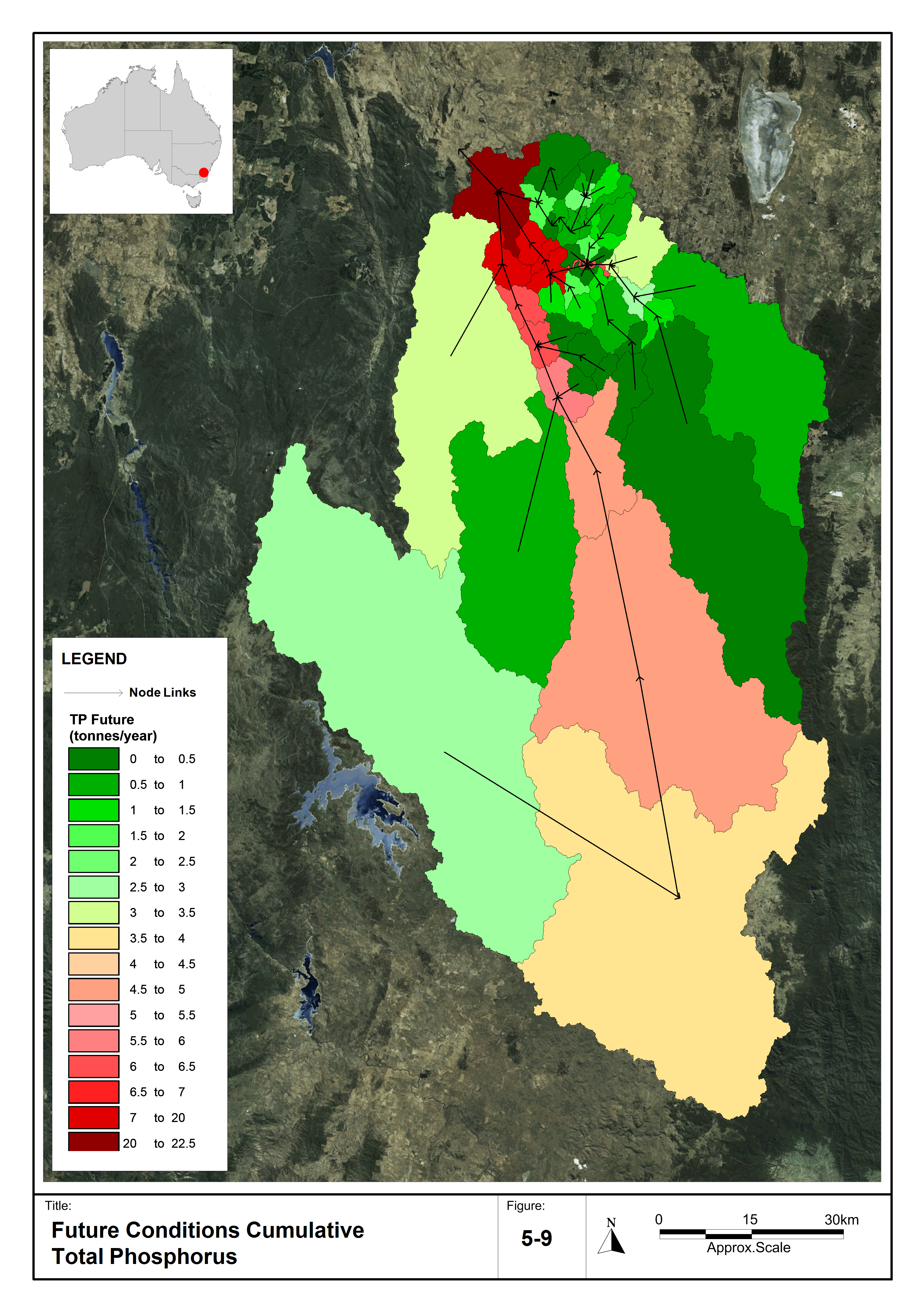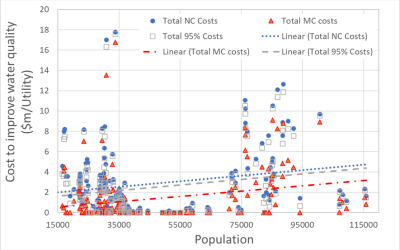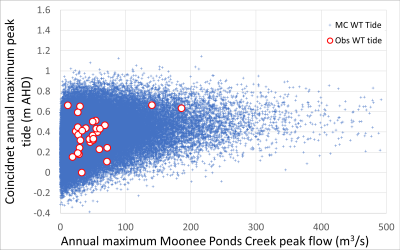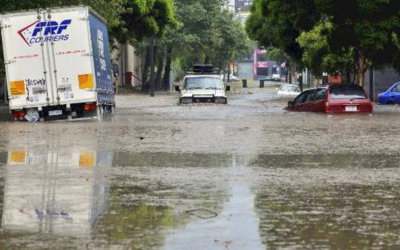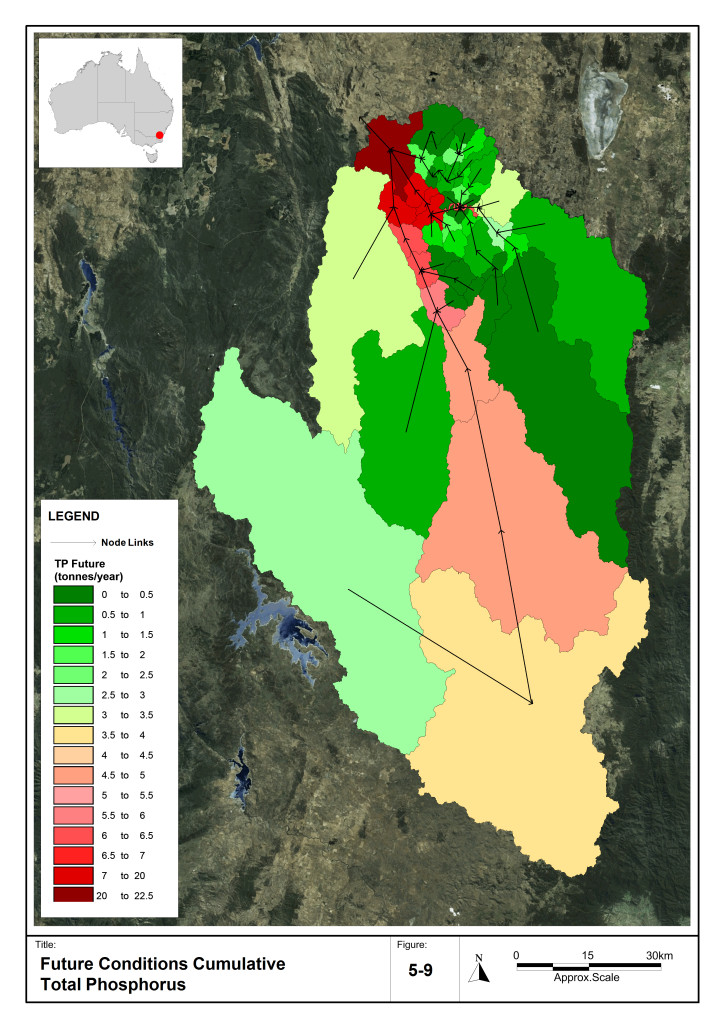
The authors developed a systems analysis of integrated catchment management in the ACT and surrounding regions including downstream impacts on the Murray Darling Basin. This analysis supported the ACT government business case for integrated catchment management. The ACT government successfully submitted the business case to the Australian Federal government and the supporting analysis was positively reviewed as part of the process. The systems analysis highlighted the impacts of cumulative loads of pollutants on regional waterways and catchments. A new policy regime was recommended and the ACT government were awarded $85 million by the Australian Federal government. The systems analysis employed in this study has utilised all available system-wide data to better understand the pollutant dynamics characterising the waterways throughout the ACT and surrounds. A continual and ongoing provision of data throughout this investigation, and the review and negotiation periods required continual enhancements of the systems analysis. Nevertheless this process allowed the robust, verified and deeply analysed findings of this study as follows:
- Assessment of cumulative pollutant loads throughout linked catchments draining to Lake Burley Griffin reveal that sewage treatment plants and localised urban areas fringing Lake Burley Griffin contribute significantly to pollutant loads entering the lake and subsequently discharging to the Murrumbidgee River.
- The nitrogen treatment upgrade and diversion of flows from the Queanbeyan STP has resulted in significant reductions in nutrient loads to Lake Burley Griffin. The LMWQCC has remained relatively constant in its nutrient (especially nitrogen) load delivered to the Molonglo and Murrumbidgee Rivers.
- This pollutant loading is expected to increase significantly as urbanisation expands through the Canberra area, especially in the north east growth corridor.
- Assumptions about management of stormwater pollution that relate to concentrations of pollutants, dilution and related processes may not adequately apply to the demonstrated cumulative processes that impact throughout the ACT and on downstream environments.
- Our investigation also suggests that there is insufficient monitoring and data to test the effectiveness or otherwise of stormwater management practices and the impacts on downstream environments.
- Similarly, the processes of acquiring data for this investigation revealed that is also difficult to access adequate data or information to derive understanding of the performance of stormwater management systems, and the ACT water cycle system more broadly.
Systems Analysis of Integrated Catchment Management in ACT Region

